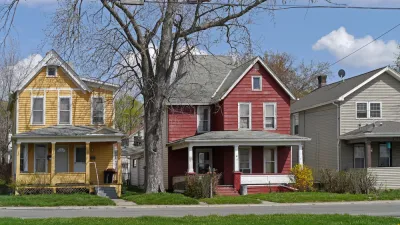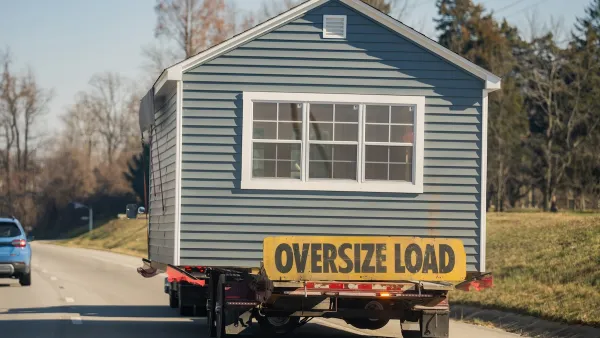Using homeownership as an asset-building mechanism and retirement plan might not be a great thing for our society.

Robert Wassmer and Imaez Wahid set off a bit of a firestorm several months ago with an ill-considered article in Housing Policy Debate that asked whether NIMBYism might actually be “rational” in a world where “likely residents of affordable housing” might actually lower property values. In other words, if the world discriminates, it becomes rational for supposedly non-biased homeowners to do so as well, since other people’s beliefs will affect their property values.
I’m not going to get into a thorough debunking of their argument and policy proposal, because three published responses do the job quite thoroughly: “Comment on ‘Does the Likely Demographics of Affordable Housing Justify NIMBYism?’” by J. Rosie Tighe and Edward G. Goetz; “Affordable Housing and Its Residents Are Not Pollutants,” by Mai Thi Nguyen and Corianne Payton Scally; and, for the scholars, “A Methodological Critique of Wassmer and Wahid,” by Philip M. E. Garboden and Prentiss A. Dantzler. They are currently free to download, but that might be temporary.
The extremely short version is:
- If you don’t carefully or accurately define “affordable housing” or the demographics of who lives in it, then you can’t measure its effect on home prices. (Oh, and you ignored a ton of literature that says it doesn’t have an effect.)
- If you ignore the history behind discriminatory land use and credit policies, you will misinterpret the reason for lower home prices in areas with certain demographics and therefore inaccurately predict how current changes in demographics will affect other areas.
- Using language that gives any credence to inaccurate associations between, for example, crime and affordable housing, is incredibly harmful, even in theory.
(You can also see Wassmer’s response to the feedback here.)
One thing that struck me about this whole kerfuffle, though, is that it’s a good example of why using homeownership as an asset-building mechanism and retirement plan might not be a great thing for our society.
FULL STORY: Time to Delink Homeownership from Asset Building

Analysis: Cybertruck Fatality Rate Far Exceeds That of Ford Pinto
The Tesla Cybertruck was recalled seven times last year.

National Parks Layoffs Will Cause Communities to Lose Billions
Thousands of essential park workers were laid off this week, just before the busy spring break season.

Retro-silient?: America’s First “Eco-burb,” The Woodlands Turns 50
A master-planned community north of Houston offers lessons on green infrastructure and resilient design, but falls short of its founder’s lofty affordability and walkability goals.

Test News Post 1
This is a summary

Analysis: Cybertruck Fatality Rate Far Exceeds That of Ford Pinto
The Tesla Cybertruck was recalled seven times last year.

Test News Headline 46
Test for the image on the front page.
Urban Design for Planners 1: Software Tools
This six-course series explores essential urban design concepts using open source software and equips planners with the tools they need to participate fully in the urban design process.
Planning for Universal Design
Learn the tools for implementing Universal Design in planning regulations.
EMC Planning Group, Inc.
Planetizen
Planetizen
Mpact (formerly Rail~Volution)
Great Falls Development Authority, Inc.
HUDs Office of Policy Development and Research
NYU Wagner Graduate School of Public Service




























